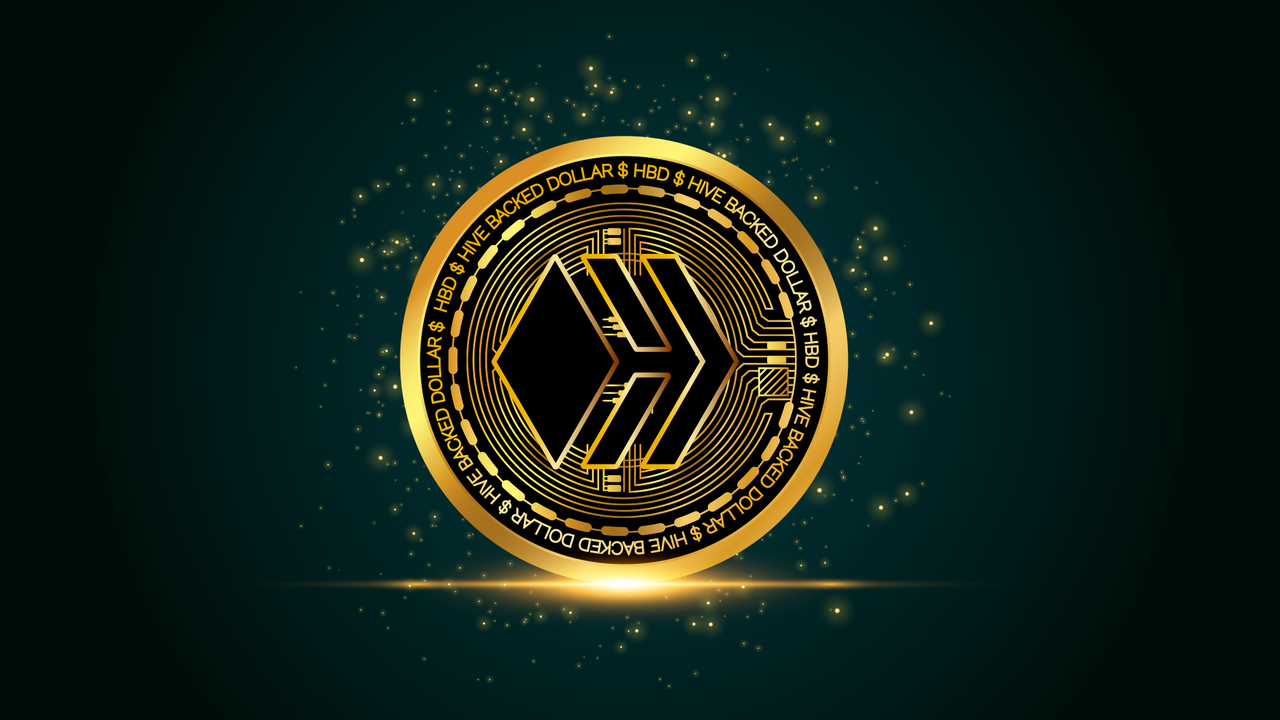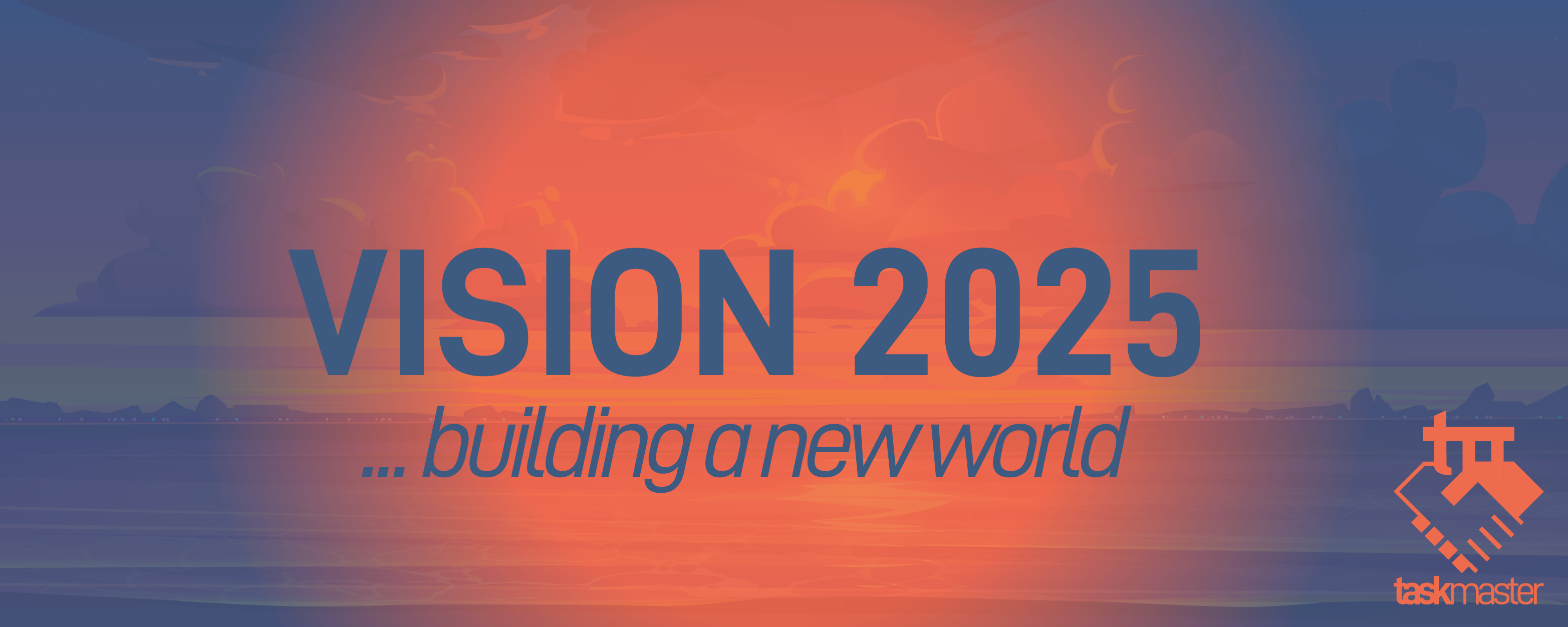HBD: Creating A Currency (Part 1)
This is the first in a multi-part series detailing how to develop a currency. The idea behind this is, perhaps, to outline a road map for the evolution of the Hive Backed Dollar (HBD).
Money is a topic most think they understand yet is extremely complicated. In this series it will be shown how even some of the best economists and central banks get it wrong. They are just are misguided in their analysis is the commodity back currency people.
We are going to lay out what brings value, the truth regarding inflation, and how things changed over the decades. The different components of a successful currency will be explained and we will delve into how most views are more than a century outdated.

What Gives A Currency Value
There is a great deal of discussion about reserves especially with stablecoins. The essential essence is what is backing the currency. Obviously, we are dealing with the presumption that a currency's value and stability comes from the back agent.
Here is where the gold lovers and central bank advocates (including economists) are aligned. Both believe that currency has to be backed by something of value. In fact, this is the view on the USD.
The gold standard still rages on in the mind of many people. We won't go into the details of why this was romanticized and actually, in many ways, wrong. The bottom line is this morphed into the "petrodollar", the mythological idea that the USD only had value because the Saudis price and sell oil in dollars.
The Fed lovers and ivory tower economists have the same view except with a different spin. To them it is not a commodity backing the USD that gives it value. Instead, it is the fact that the Federal Reserves backs it with reserves. This is the only reason the USD has any stability.
In fact, in reading research from the central banking crowd regarding cryptocurrency (stablecoins), their claim is the only reason they have any value, at all, is because they are piggybacking off the central bank and its policies. In the early days, there might be some validity to this view.
However, ultimately the reason is extremely flawed.
Simply put, a currency has value because of its network effect. Unlike the digital realm which measures users, in this arena the metric is economic productivity. As this grows, the stability of the currency expands. It has nothing to do with the backing or what the central bankers are doing.
Of course, to see this, we have to dig into what money really does.
Barter Anyone?
Do you ever recall reading about the barter system? This was where one person would exchange chickens for something else that another had, say a cow. It was a rather inefficient system and ran into challenges if one party didn't want what the other had. In this instance, a multi-party trade was set up where chickens, a cow, and lumber were swapped.
The ability to use currency removed this situation. Now there was a constant between all the products. We have no need to pull the one in with lumber. The person wanting the chickens can offer up money instead of the cow. If the chicken owner wants a cow, or lumber, or anything else, he or she can go buy it.
This is the basis of the monetary system. People most often consider the payment features. It is far from the only characteristic, something we will uncover in future articles. Tied to this is the idea of settlement. This is actually equally as important and is contained in the payment function. When someone hands over a $10 to pay for a sandwich, both payment and settlement occur simultaneously. When swiping the Visa card, payments occurs within a day or two whereas settlement can take a month.
Relating where money is in the trading situation, we can see how more is better. As the amount of commerce that takes place, the more money is required. Sure, this can be offset by a high velocity of money. However, this is affected by many factors such as savings rate, friction within the system, and extraction.
Therefore, the general rule is that more money is going to be required to increase commerce. Unless there is an exceedingly high velocity, more units will be required to facility trade.
HBD's Role
The Hive Backed Dollar has backing. It is not a reserve like USDC or Tether claim to have. Instead, it is an algorithmic stablecoin that is convertible to $1 worth of $HIVE. In this sense, it is similar to a convertible bond.
HBD is debt. This is basically a liability against the blockchain. The relationship between HBD and $HIVE is one which alters a great deal. As the value of the market capitalization of $HIVE goes higher, more HBD can be created. Of course, as more HBD is created, if it can used to buy [$HIVE on the open market, then the price of the latter will increase due to buy demand.
Of course, we have to note that debt on one balance sheet, according to double-entry accounting, means we have an asset somewhere else. In this situation, the liability on the blockchain is providing an asset to the userbase. The idea here is for people to utilize the currency for economic productivity, i.e. commercial and financial applications. Naturally, those are lacking at this point, an area of focus that is required.
As we also discussed in Hive as the premier payment system, the network that we are operating upon is unrivaled. This makes the stablecoin powerful as a payment mechanism. It is a decentralized electronic monetary transfer system without any counterparty risk.
HBD is piggybacking off the USD at this point. However, it is using it as a unit of account more than anything else. There are no dollars involved in this process. It is simply a measurement of how much $HIVE each HBD is worth, based upon a free floating exchange rate.
Ultimately, the goal is not for $HIVE go give HBD the value. Instead, we should be looking at all the different ways to provide value to HBD, without referring to the backing agent. Following this process means that we eventually get to the point where the conversion mechanism is not something that is even considered for most HBD. The utility (use cases) of the coin make it preferential in that form.
Here is where we see the idea of the Hive economy entering. As we can construct more aspects to the ecosystem, we can see how HBD will be penetrating many aspects. Ultimately, it ends up being the vehicle currency between all that is taking place.
This is one of the main area of focus. In the next article we will discuss the global expansion.
If you found this article informative, please give an upvote and rehive.

gif by @doze

logo by @st8z
Posted Using LeoFinance Beta
For sure $HBD got under the spotlight and I am excited to see how its tokenomy is evolving and what other investors will be jumping in.
Posted Using LeoFinance Beta
https://twitter.com/1331330355513745413/status/1622625434440699905
https://twitter.com/440707788/status/1622685836260278273
The rewards earned on this comment will go directly to the people( @taskmaster4450le, @simplifylife ) sharing the post on Twitter as long as they are registered with @poshtoken. Sign up at https://hiveposh.com.
I hope we get to see HBD utilized for commerce and payments for applications, perhaps when we finally have Ragnarok which from my understanding will be using HBD for transactions we might have some more applications adopt same concept.
Posted Using LeoFinance Beta
This post has been manually curated by @bhattg from Indiaunited community. Join us on our Discord Server.
Do you know that you can earn a passive income by delegating your Leo power to @india-leo account? We share 100 % of the curation rewards with the delegators.
100% of the rewards from this comment goes to the curator for their manual curation efforts. Please encourage the curator @bhattg by upvoting this comment and support the community by voting the posts made by @indiaunited.
Hive should really consider being tethered to Gold. Making Hive Backed Gold would be a nice idea these days with everyone predicting the fall of the Dollar.
That is actually pretty foolish.
Show how little people really understand about money or the monetary system.
Posted Using LeoFinance Beta
What I have been reading about is how the dollar itself used to be backed by gold and much of the loss of value is because it has lost that backing.
I should have read this a couple of days ago. I was confused about the HBD being debt thing. I was under the impression it wasn't. Someone was commenting on the person that bought 600K worth of HBD wondering why you would want to buy debt.
Posted Using LeoFinance Beta
Bonds are debt. It just depends upon who is paying versus getting paid.
And of course, what is done with it.
The idea behind eventually creating bonds is to create collateral for enhance economic growth.
Posted Using LeoFinance Beta
If some of the applications we have like splinterland use hbd as payment and incoming Ragnarok, this will be a stepping stone for other development with hbd
Posted Using LeoFinance Beta
Ragnarok certainly will. I cant say about Splinterlands since they created DEC.
Posted Using LeoFinance Beta
HBD could become a powerhouse for the Hive blockchain as its utility and growth of the network increases. It's a standard measurement and a 'value capture' in a sense that it's designed to hold $1 worth of Hive. We just have to build the infrastructure that can go with it.
It all depends upon what we build around it.
Posted Using LeoFinance Beta
I believe using the hive token as a method of payment will help in the growth of the blockchain. This can be achieved by getting more users onto the hive ecosystem
It's all debt and I think it just matters whether or not people can believe in HBD as a stablecoin. That is one thing that the applications here need to work on and people have actual uses for HBD. I still think we need a lot more liquidity though.
Posted Using LeoFinance Beta
According to David Graeber, the myth of barter is false. Currencies has been developped by large Empires to collect taxes. When your empire is becoming large, it is easier to collect gold pieces rather than salt, cattle or wheat.
Users of crypto somewhat underestimated the importance of money in collecting taxes and why the opposition of governments will be more and more violent.
That is true that governments have coinage to collect taxes. This dates back thousands of years.
However barter was common in the market. Coinage carries a series of problems which people overlook. The biggest was often availability. When there is a shortage of currency, which is often the case, merchants still need to operate.
Here is where barter enters. Also, since the 1500s, it is also where ledgers started to become fairly common.
Posted Using LeoFinance Beta
This is more than informative. I came across this from your pet 2.
This is a great information that the world must get to see understand what we are doing here on hive. Keep promoting the name.
Greetings ✌️🇬🇭
As someone who is considering putting his "traditional" savings into HBD, this is a very interesting read and helping me grasp what HBD is built on, and building towards. Thanks!
!LUV
Posted Using LeoFinance Beta
Greetings... I did the Fine Tuning for the coming U.S. Monetary Correction if you're interested... It turned out to be a very simple fix...